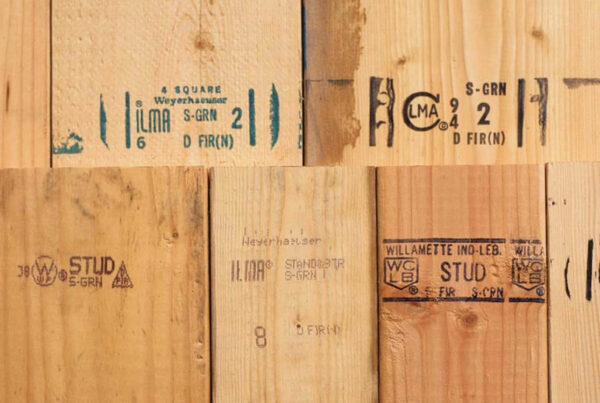Oriented Standard Board or OSB is one of the common building materials today. This plywood material, usually known as the sterling board, Aspenite, or Aspley is an engineered wood particleboard. Its formation involves adding adhesives and then compressing layers to a specific orientation.
Since its introduction, OSB Plywood has been useful in building American homes. Their manufacture involves the preparation and graduation of individual wood fibers. The machine forms small individual pieces of wood. These pieces are glued together using a specialized type of adhesive.
After gluing the wood, the next step is to press them together to ensure cohesion. Thereafter, pilling up follows for finishing. Each of the OSB Plywood then undergoes quality testing and upon passing quality standards, OSB is then dispatched for delivery. Below is a comparison of the advantages and disadvantages of OSB vs Traditional Plywood.
OSB Plywood vs. Traditional Plywood
OSB Plywood has a high mechanical property. This makes it better suited for building construction. It can be useful in flooring and roof decking. It is an amazing alternative to traditional plywood because of its fine craftsmanship. Usual American houses use a product called “thermo ply” in their construction. In effect, this product has some downside features with regard to durability. OSB Plywood and traditional Plywood are always the perfect options for a custom home.
OSB has been generally a sheathing choice because of the many strands of wood. These strands attach to each other together making it a flat and stable material. The traditional plywood consists of about 4 to 5 ply of wood glued together. Since Plywood is double the cost of OSB material, most American families go for OSB.
The Downside of Using OSB Plywood
OSB material is more susceptible to damage in the long term. This is because of separated grated pieces of wood. It is also more permeable than the average plywood. As a result, the water gets through and soaks up the OSB and it makes it less durable over time.
Custom House Building Recommendation
We give a helpful tip to take advantage of OSB vs Traditional Plywood. The two foot section at the bottom of the house is usually the most vulnerable to damage over time. To protect the particular section of the house, it is advisable that you use pressure-treated plywood. This would pertain to your standard plywood applying it to the two-foot section. This is very termite-resistant and also water-resistant. OSB Plywood is then used for the remaining section of the house.
The weatherization barrier on top of the material also ensures durability and added strength. This is a very good method to get the best of both worlds.










